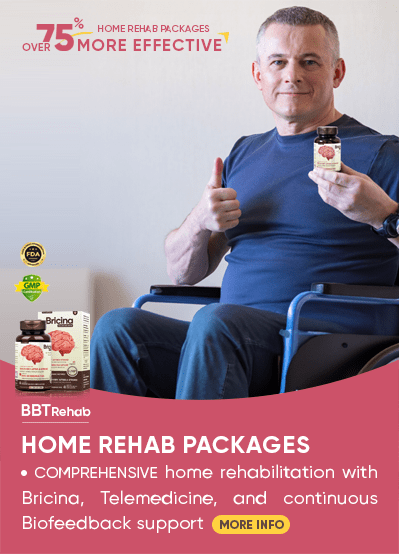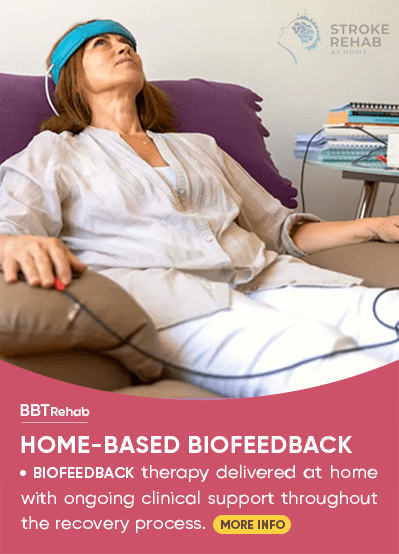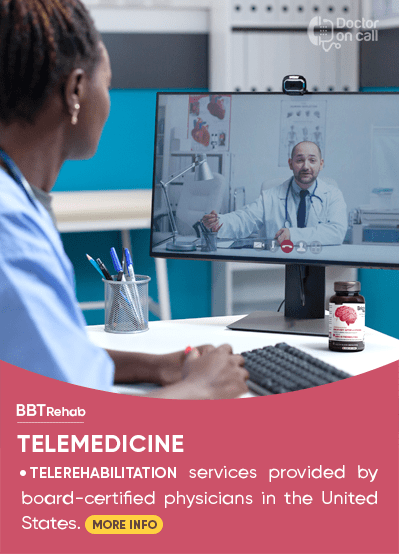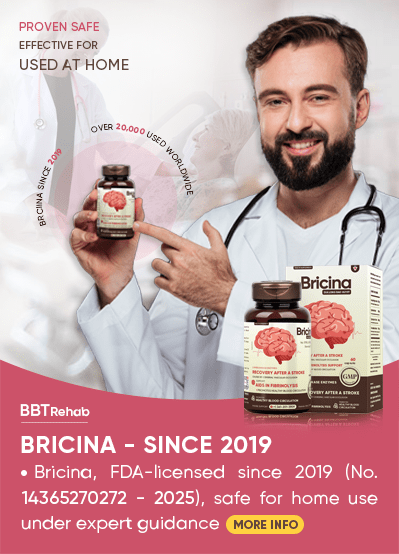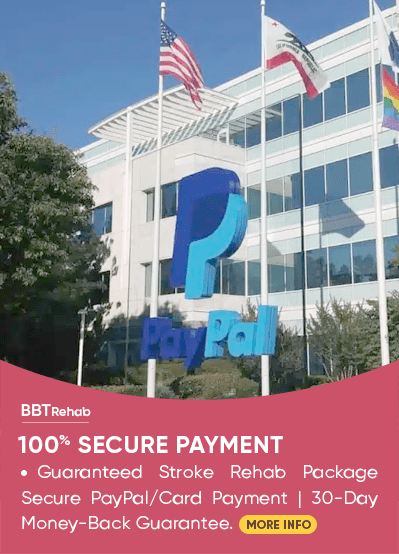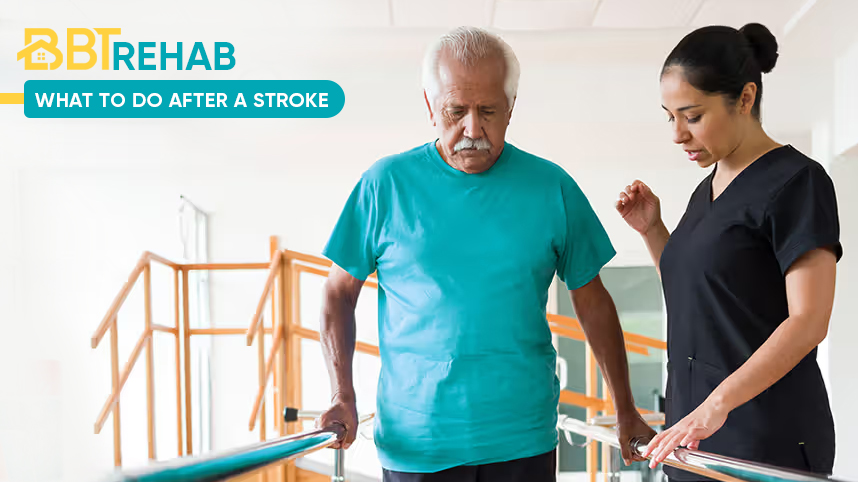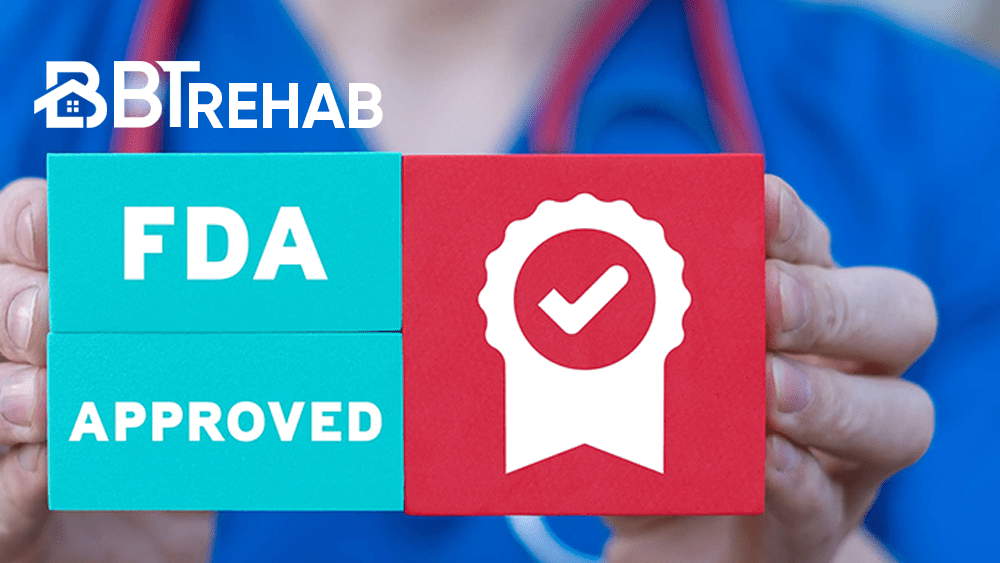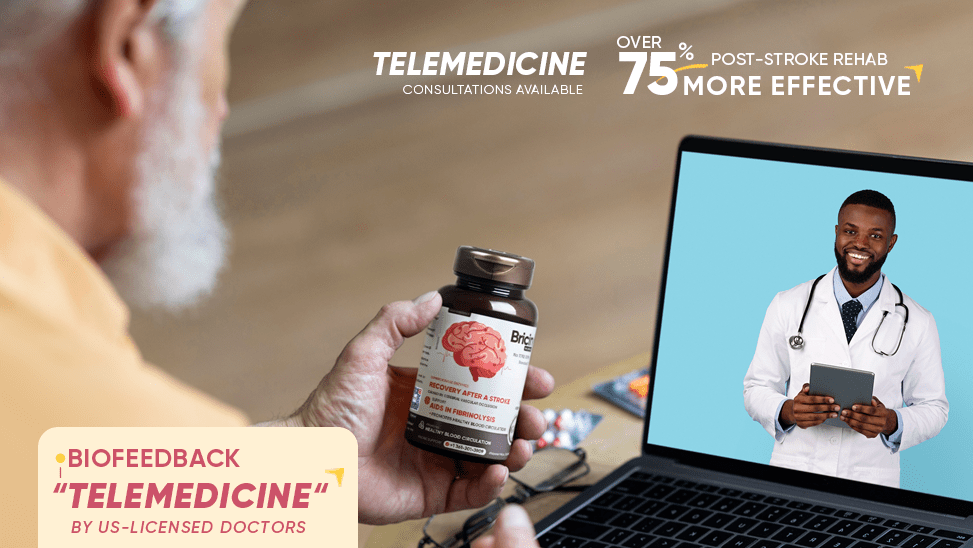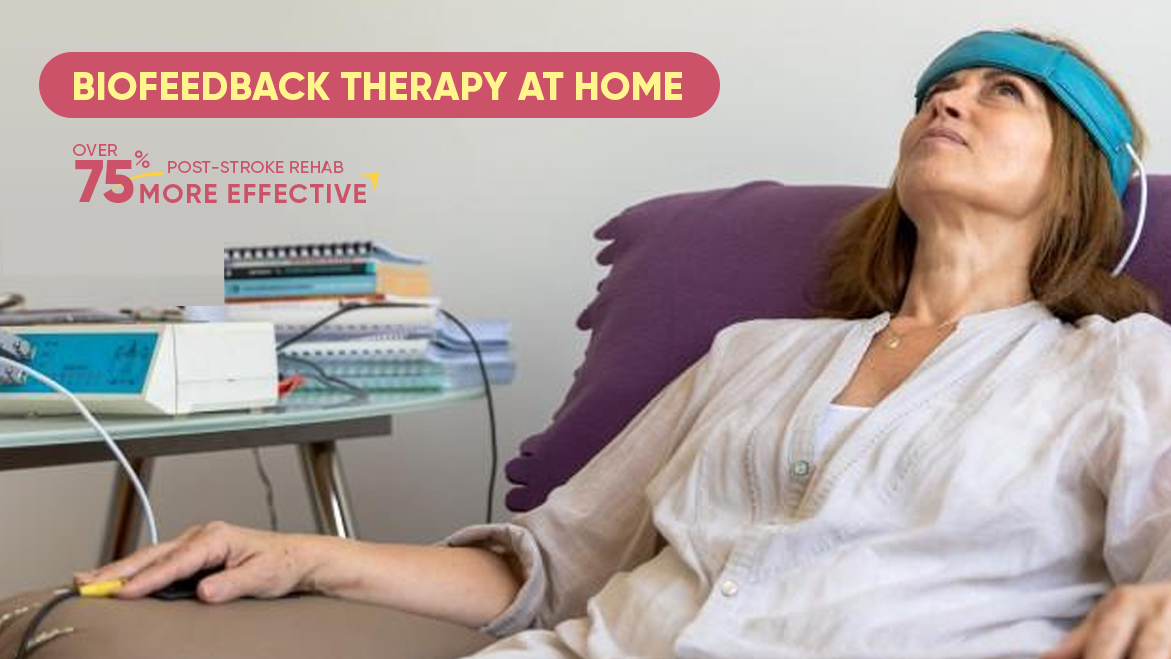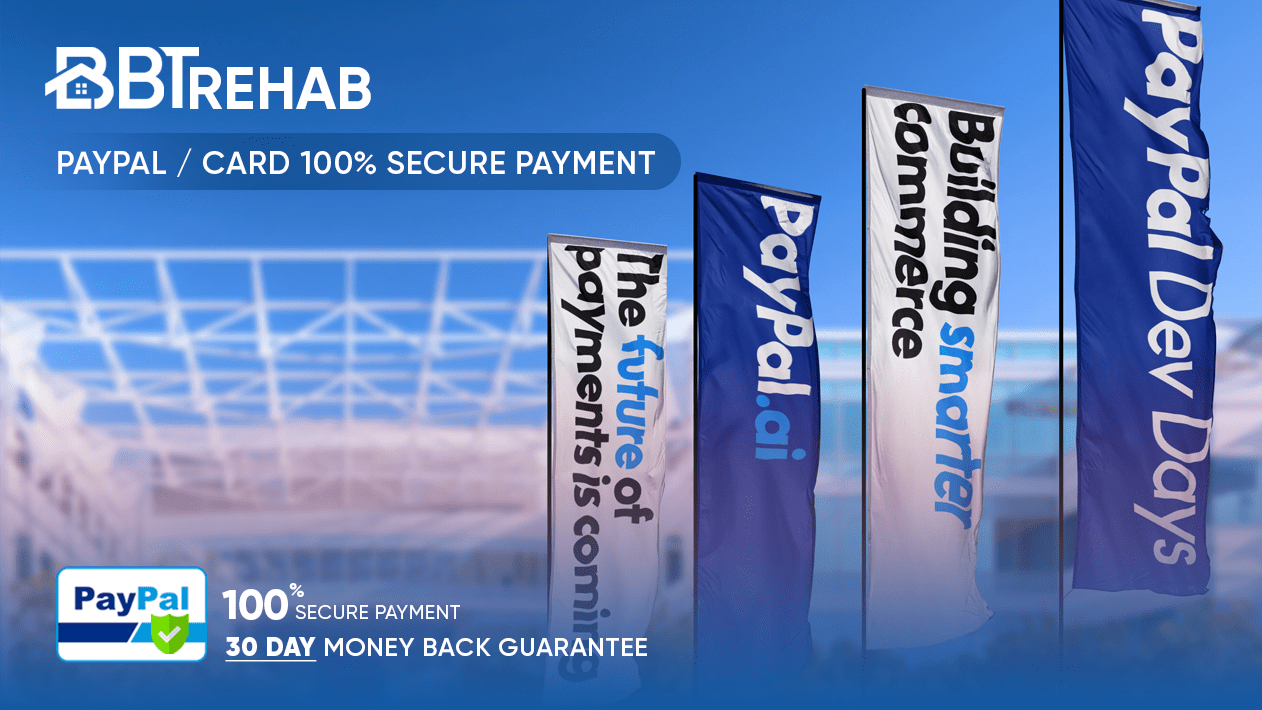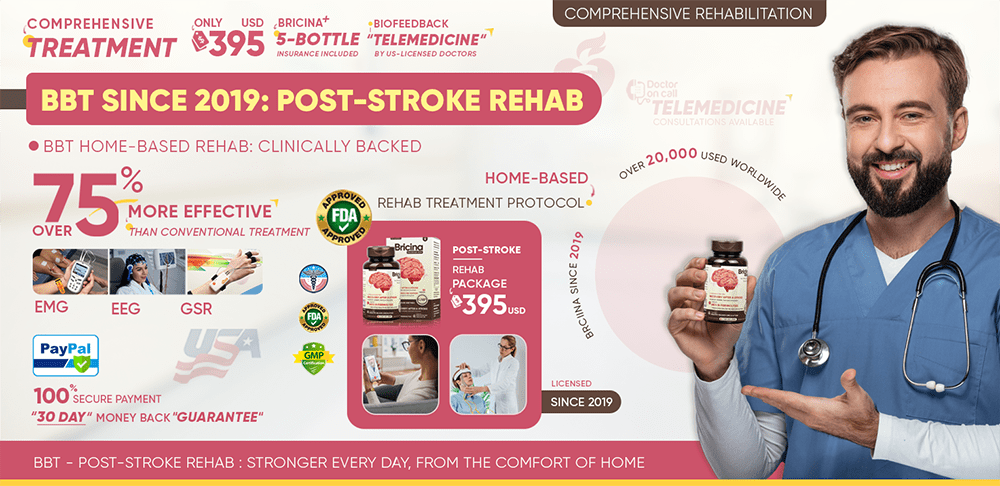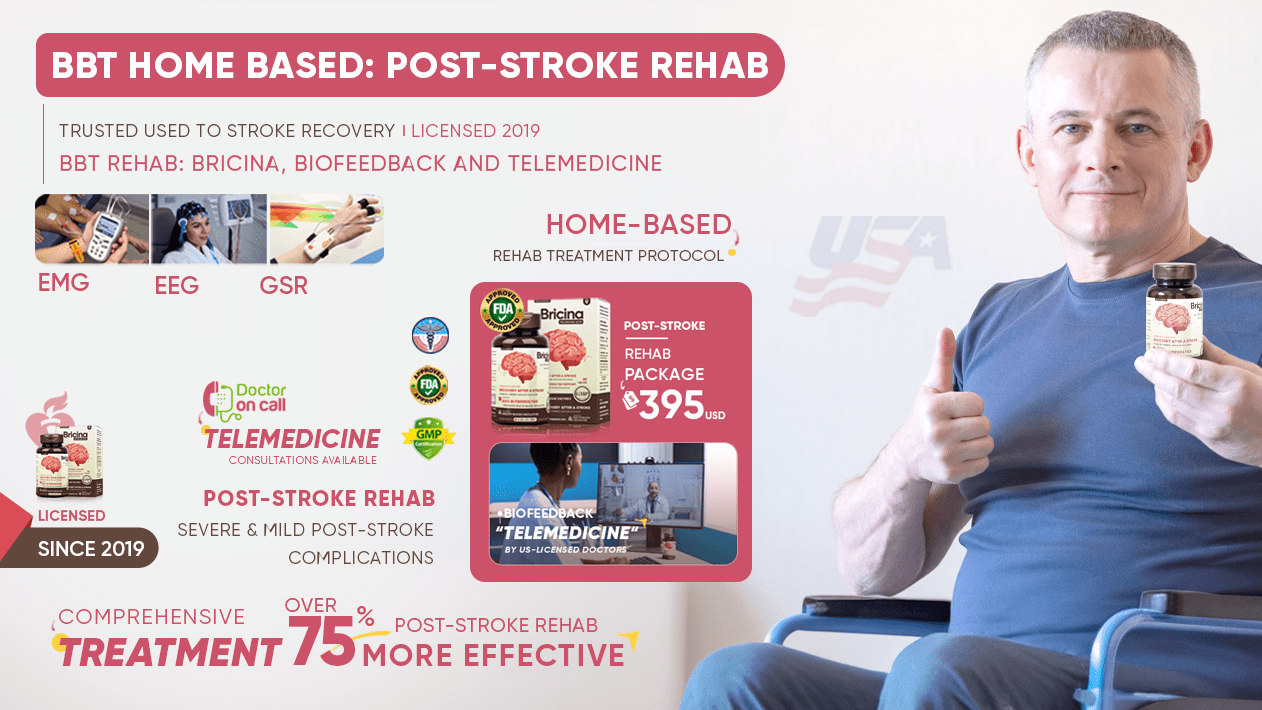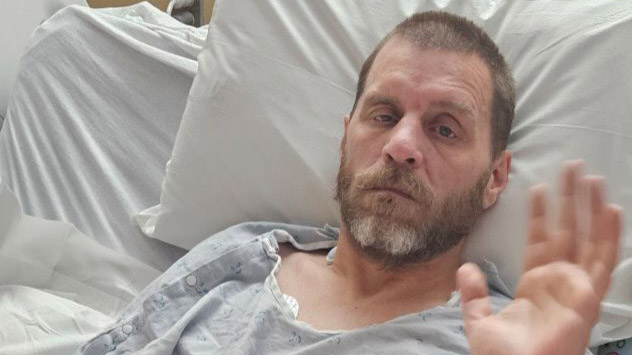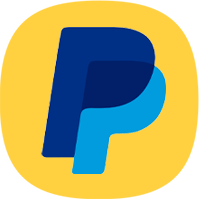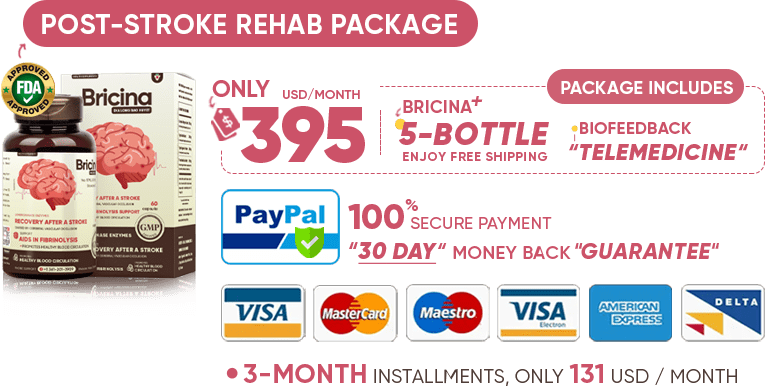Introduction
I had a stroke in 2018 that affected the right side of my body. It affected my life in every way. Everything from putting on my shirt to brushing my teeth was changed.
Activities Before the Stroke
Prior to the stroke, I rode a bicycle, kayaked, went boating, and hiked — I did a lot of outdoor activities. I just can't do those things safely anymore.
The Stroke Belt
Here in the southeastern part of the United States, we call this the "stroke belt" because more people have strokes in this part of the country than any other part. Stroke is sometimes called a "brain attack," which means that when someone has a stroke, their brain is injured to some extent and it can leave them with problems like difficulties with thinking, seeing, moving, coordinating their hands or fingers, and sometimes speaking.
Everyday Difficulties
It's very awkward when your brain is trying to tell your arm to grab the fork, but your hand won't grab the fork. So you have to learn to adjust to the situation and, in some cases, find an alternate way of doing things.
Using the Modified Handle
Last week when we tried this, you didn't use the modified handle. I'm curious to see how you feel when you use it.
Brain Therapy
I like to call it "brain therapy," not just arm therapy. We're constantly working on rehabilitation after a stroke — connecting what we're thinking with what we're doing and how our body is interacting together.
Deciding to Try Tele-rehab
I met with Jewel, and she told me what the tele-rehab was going to be about. I thought, "I'll try it."
Activity-Focused Care
As occupational therapists, we're very activity-focused. The best part about this program is that we are in a patient's home via video. Their entire home becomes their therapy room.
Working in the Real-World Environment
They can look around and see objects they commonly interact with and may have difficulty using. For example, they might struggle with laundry, so we can set up the computer or tablet in their laundry room. We work on techniques that allow them to succeed in whatever environment they choose.
Connecting with Patients
This is a special way to connect with a patient, bring therapy into their lives, and meet them where they are.
Challenges in South Carolina
In South Carolina, stroke rehabilitation specialists are scattered across the state. Stroke survivors may not be able to easily access the specialty care they need because the drive to a specialty clinic can be too far.
Program Goal
What we're trying to do with this stroke tele-rehabilitation occupational therapy program is provide opportunities for people to access rehabilitation services when they can't reach them by going to a clinic.
Initial Education and Support
Part of the program includes an initial education session or two where we help the person with stroke — and often their caregiver — understand what the program is, what to expect, and how to use the technology.
Patient Feedback
So far, people who have been involved really like it. It has gone above and beyond expectations; our patients have been satisfied, encouraged, and excited about this rehab option.


